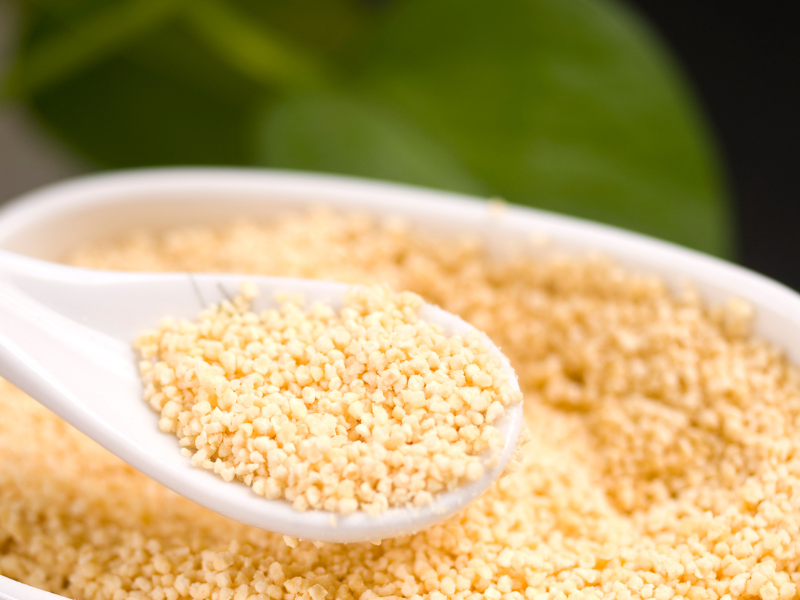-

·
Blood in Breast Milk – Here’s What It Means and How to Handle It
Blood in breast milk can look scary, but it’s often harmless and temporary. Learn the common causes, when it’s safe to keep breastfeeding, and when to call for help. You’re not alone—this guide offers real answers and calm, clear support for new moms facing this common challenge.
-

·
Clogged Milk Duct Popping? What’s Normal (and What’s Not)
Wondering if that sudden release while nursing was your clogged milk duct popping? Learn what it means, how to treat it safely, and how to prevent it from coming back. This mom-to-mom guide offers real answers, gentle remedies, and supportive advice to make breastfeeding feel more manageable.
-

·
Infant Acid Reflux – How to Soothe Your Little One Naturally
Many babies spit up, but when does it signal reflux or GERD? This guide explains why reflux happens—especially in breastfed babies—how to spot red flags, and practical ways to ease symptoms. With expert-backed tips, parents can feel reassured and know when to seek medical advice.
-

·
Lecithin for Plugged Milk Ducts – A Proven Breastfeeding Hack
Struggling with clogged milk ducts while breastfeeding? Lecithin for clogged milk ducts is a natural, low-risk supplement that many moms use to prevent and relieve blockages. Learn how sunflower lecithin works, how to take it safely, and why it’s a trusted tool in the breastfeeding toolkit.
-

·
The Best Way to Treat a Nipple Bleb Naturally & Quickly
Nipple blebs can make breastfeeding unexpectedly painful—but you don’t have to suffer through it. This guide walks you through gentle, natural ways to treat milk blebs at home, when to seek help, and how to prevent them from coming back. Safe and clear advice you can trust.
-

·
Small Breasts? – Nurse Confidently – No Matter Your Cup Size!
Breast size doesn’t determine your ability to breastfeed—glandular tissue does. Whether you’re an A-cup or a DD, your body is likely capable of producing enough milk. Learn how storage capacity, feeding frequency, and expert support play a role in breastfeeding success with small breasts.
-

·
A Weak Suck While Nursing – Signs, Causes & How to Fix it
If your baby struggles to stay latched, falls asleep while nursing, or isn’t gaining enough weight, a weak suck could be the cause. This guide explains the signs, causes, and practical solutions to help your baby breastfeed more effectively—while supporting your milk supply and your breastfeeding journey.
-

·
Baby Gas Pain – Quick and Easy Tips to Help Your Baby
Baby gas pain is common, especially with immature digestion or air swallowed while feeding. Simple steps like burping, upright positions, and gentle tummy massage can bring relief. Understanding causes—and knowing when to seek medical advice—helps parents ease discomfort and keep their baby happier.
-

·
The Truth about Breast Refusal – Don’t Give Up – Read This
Breast refusal can be upsetting, but it’s often a temporary phase with clear causes and gentle solutions. Whether it’s one-sided or a full nursing strike, understanding what’s behind your baby’s behavior can help you respond with confidence and care.

Breastfeeding Problems & Solutions
Category: Common Challenges
Breastfeeding isn’t always easy—and that’s okay. You’re not alone. This section covers common breastfeeding challenges like low milk supply, sore nipples, engorgement, mastitis, and more. Learn what causes these issues and how to treat them. Get real solutions, simple tips, and support to help you keep going with confidence.
